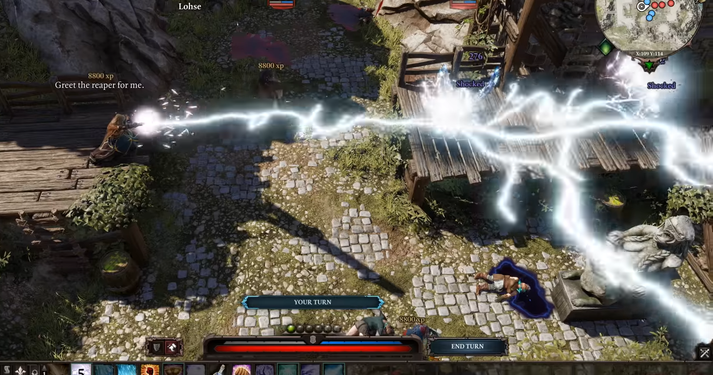Divinity Original Sin 2: A Guide To Rune Crafting And Placement
Table of Contents
Runes are easy to overlook in Divinity: Original Sin 2, but it’s a mistake to do so! This guide explains everything you need to know about them.
You Are Reading :Divinity Original Sin 2 A Guide To Rune Crafting And Placement

Of all the recent WRPGs to come out, Divinity Original Sin 2 sticks the closest to the old-school style of complexity. Everything matters in this game, from individual stats to items and systems. With so many variables at play, you will need to maximize your character in every way you can to overcome the downright brutal difficulty this game lumps on you almost immediately. Runes are particularly easy to overlook or ignore to try and keep things simple, but doing so is a major detriment. If you want to have the best chance at surviving in Rivellon, make sure to take a moment to brush up on this guide to rune crafting and placement.
Rune Crafting and Placement Guide

Runes, for those who haven’t looked into them, are special items you can find or craft that slot into specific armor pieces or weapons. They grant different buffs and bonuses depending on the type of rune. These can be things like elemental resistances and damage bonuses.
Crafting Runes
You will find certain runes as loot or items to purchase from some vendors in your travels, but if you want a specific rune buff your best bet is to roll up your sleeves and make it yourself. There are six rune types, and four rune sizes you can make. The base runes and their crafting ingredients are:
Masterwork: Livewood Log, Wine, and Pixie Dust
Flame: Oil, Wood, and Pixie Dust
Frost: Water, Metal, and Pixie Dust
Rock: Beer, Rock, and Pixie Dust
Thunder: Water, Gold, and Pixie Dust
Venom: Bone, Poison, and Pixie Dust
These will all make a small rune, but you can upgrade them into medium, large, and finally giant sizes for greater buffs. Upgrading is simple. To make a medium-sized rune you just craft two of the same type of small rune and Pixie Dust. Repeat the process with two mediums to get large, and so on. The only difference is that to get giant runes you will need Superior Pixie Dust.

Frames are another way you can buff up a specific rune’s bonuses, but be warned that once you slot a frame onto a rune, that’s it. There’s no way to remove the frame, and there are limited amounts of them in the game, so you may want to save them until you have a powerful rune you know you’re going to be using frequently.
Slotting Runes
When you look in your inventory at a piece of armor, weapon, or amulet or ring, you will notice some have a little slot on them. This means that they can accept a rune to increase that particular piece of gear’s stats. Weapons get bonus damage depending on the rune’s element, armor gets resistances to that element, and rings and amulets get various stat buffs like crit chance, max vitality, and accuracy.
Unlike frames, you can freely slot in your runes without worry since you can remove and replace them with no penalty. Mess around and change them up as the situation demands to always have the edge.
Link Source : https://www.thegamer.com/divinity-original-sin-2-rune-crafting-guide/
